Gertrude Jekyll - Muses & the Beau Monde
- Lilium

- Aug 4, 2021
- 3 min read

Gertrude Jekyll VMH, born 29 November 1843, was a British horticulturist, garden designer, craftswoman, photographer, writer and artist. She created over 400 gardens in the United Kingdom, Europe and the United States, and wrote over 1,000 articles for magazines such as Country Life and William Robinson's The Garden. Jekyll has been described as "a premier influence in garden design" by British and American gardening enthusiasts.
Jekyll was one half of one of the most influential and historical partnerships of the Arts and Crafts movement, thanks to her association with the English architect Edwin Lutyens, for whose projects she created numerous landscapes and who designed her home Munstead Wood, near Godalming in Surrey. (In 1900, Lutyens and Jekyll's brother Herbert designed the British Pavilion for the Paris Exposition.)
Jekyll is remembered for her outstanding designs and subtle, painterly approach to the arrangement of the gardens she created, particularly her "hardy flower borders". Her work is known for its radiant colour and the brush-like strokes of her plantings; it is suggested by some that the Impressionistic-style schemes may have been due to Jekyll's deteriorating eyesight, which largely put an end to her career as a painter and watercolourist. Her artistic ability had been evident when she was a child and she had trained as an artist.
She was one of the first of her profession to take into account the colour, texture, and experience of gardens as aspects of her designs. Jekyll's theory of how to design with colour was influenced by painter J.M.W. Turner and by Impressionism, and by the theoretical colour wheel. Her focus on gardening began at South Kensington School of Art, where she became interested in the creative art of planting, and more specifically, gardening.
Jekyll later returned to her childhood home in the village of Bramley, Surrey to design a garden in Snowdenham Lane called Millmead. Below is the Summerhouse at Millmead, another Jekyll and Lutyens collaboration.
Not wanting to limit her influence to teaching the practice of gardening, Jekyll incorporated in her work the theory of gardening and an understanding of the plants themselves. In works like Colour Schemes for the Flower Garden she put her imprint on modern uses of "warm" and "cool" flower colours in gardens. Her concern that plants should be displayed to best effect even when cut for the house, led her to design her own range of glass flower vases.
From 1881, when she laid out the gardens for Munstead House, built for her mother by John James Stevenson, Jekyll provided designs or planned planting for some four hundred gardens. More than half were directly commissioned, but many were created in collaboration with architects such as Lutyens and Robert Lorimer. Most of her gardens are lost. A small number have been restored, including her own garden at Munstead Wood, the gardens of Hestercombe House, and those of Woolverstone House and the Manor House in Upton Greythat she designed for the magazine editor Charles Holme.
Later in life, Jekyll collected and contributed a vast array of plants solely for the purpose of preservation to numerous institutions across Britain. Jekyll was also known for her prolific writing. She wrote over fifteen books, ranging from Wood and Garden and her most famous book, Colour in the Flower Garden, to memoirs of her youth. She was also interested in traditional cottage furnishings and rural crafts, and concerned that they were disappearing. Her book Old West Surrey (1904) records many aspects of 19th-century country life, with over 300 photographs taken by Jekyll.

Gertrude Jekyll died 8 December 1932, aged 89, in Munstead Wood, Busbridge, Surrey, England. She is buried in the churchyard of Busbridge Church next to her brother, Herbert Jekyll, and his wife, the artist, writer and philanthropist Agnes Jekyll.
In 1911 the Corporation of Guildford built an extension to Guildford Museum to house the now internationally important collection of traditional household items that Jekyll collected during her life and that she gifted to the Surrey Archaeological Society. Some artefacts associated with her life and work are also housed there.
Reading Recommendations & Content Considerations
Sally Festing Surrey Garden Trust










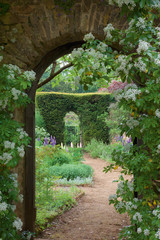


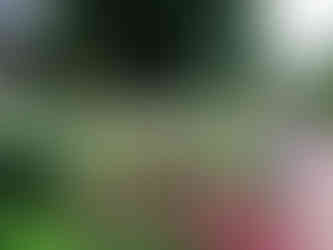


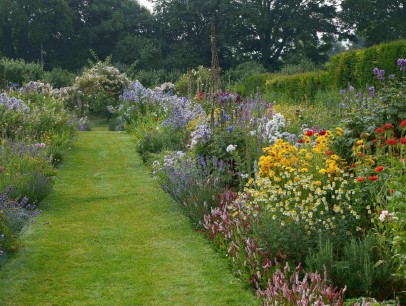
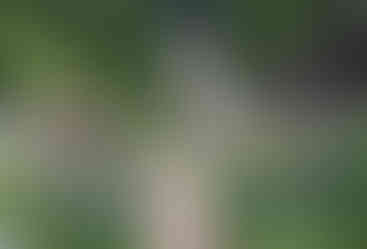












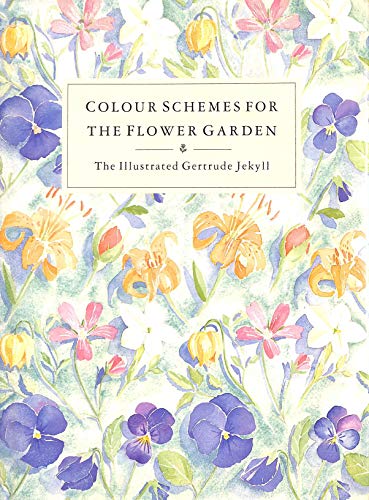






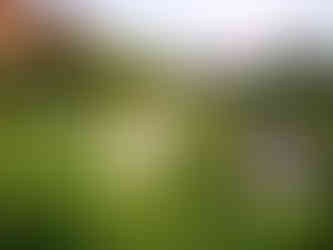






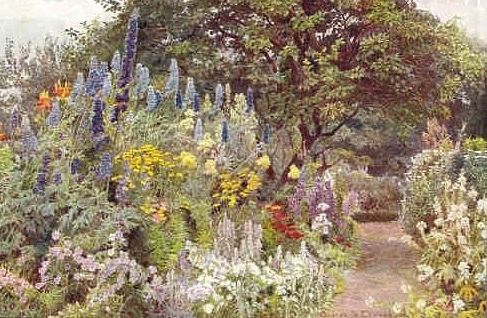



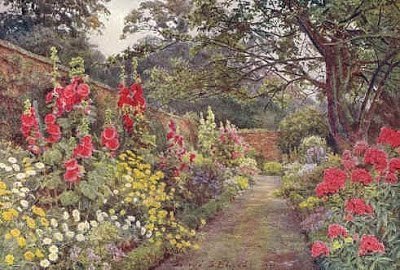































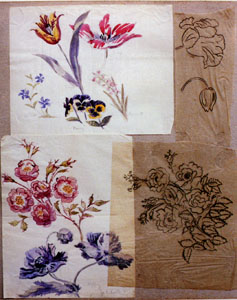




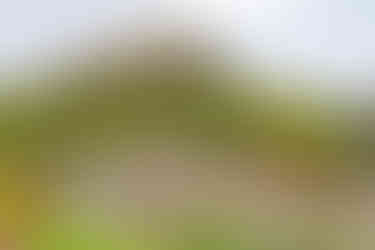













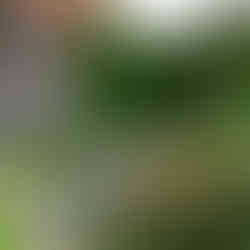





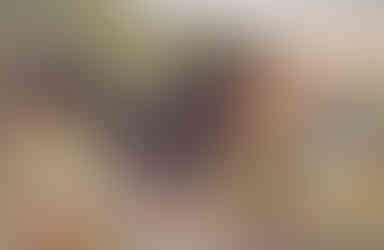




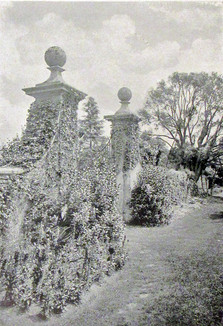


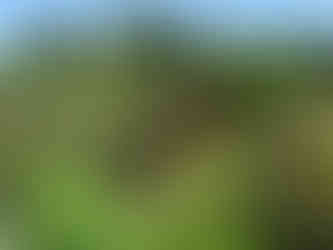








Comments